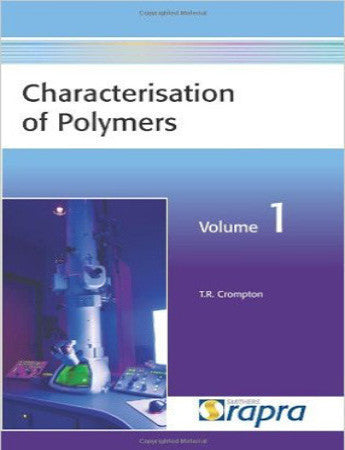The Handbook of Environmental Degradation of Materials explains how to measure, analyse, and control environmental degradation for a wide range of industrial materials including metals, polymers, ceramics, concrete, wood and textiles exposed to environmental factors such as weather, seawater, and fire. Divided into sections which deal with analysis, types of degradation, protection and surface engineering respectively, the reader is introduced to the wide variety of environmental effects and what can be done to control them. The expert contributors to this book provide a wealth of insider knowledge and engineering knowhow, complementing their explanations and advice with Case Studies from areas such as pipelines, tankers, packaging and chemical processing equipment ensures that the reader understands the practical measures that can be put in place to save money, lives and the environment.
Readership
Engineers: Civil, Mechanical, Materials, Design, Maintenance, Chemical & Process
Industries: construction / civil engineering, automotive / aerospace / transportation, chemical processing, consumer packaging, paints and coatings, petrochemical, pipeline, plastics.
Level: Practicing engineers and technicians, students seeking real-world examples and applied techniques.
1) Analysis of Failures of Metallic Materials due to Environmental Factors
2) Laboratory Assessment of Corrosion
3) Modeling of Corrosion Processes
4) Lifetime Predictions
Part II: Types of Degradation
5) Electrochemical Corrosion
6) Localized Corrosion
7) High-Temperature Oxidation
8) Weathering of Plastics
9) Chemical and Physical Aging of Polymers
10) Thermal Degradation of Plastics
11) Environmental Degradation of Reinforced Concrete
12) Biofouling and prevention, and biodeterioration and biodegradation of materials
(possibly split into two chapters, one on polymers, one on metals.)
13) Material Flammability
14) Fire Retardant Materials
Part III: Protective Measures
15) Cathodic Protection
16) Thermal Protective Clothing
17) Wood Protection
18) Materials Selection for Environmental Degradation Prevention
Part IV: Surface Engineering
19) The Intersection of Design, Manufacturing, and Surface Engineering (updated to
include new coatings: (biomimetic, nanostructured and conductive polymers)
20) Nanostructured Surfaces and Nanomaterial Coatings
21) Protective Coatings for Aluminum Alloys
22) Anti-Corrosion Paints
23) Thermal and Environmental Barrier Coatings
24) Thermay Spray Coatings
25) Paint Weathering Tests
26) Coatings for Concrete Surfaces: Testing and Modeling
27) The importance of intrinsic defects in the protective behavior of coatings
28) Plastics Additives for Environmental Stability
Part V: Industrial Applications
29) Degradation of Spacecraft Materials
30) Cathodic Protection for Pipelines
31) Tanker Corrosion
32) Barrier Packaging Materials
33) Corrosion prevention and control programs for chemical processing equipment




